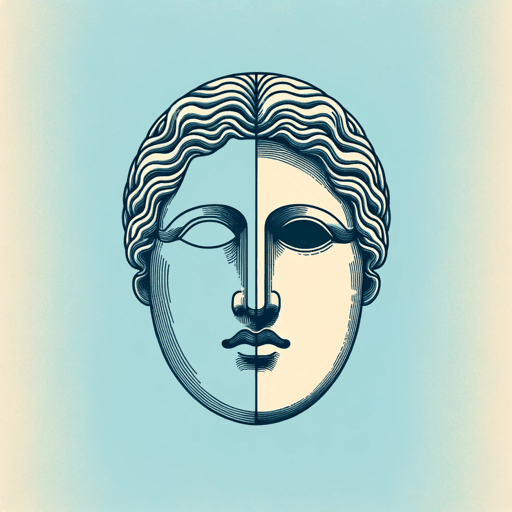28 pages • 56 minutes read
Susan SontagAgainst Interpretation
Nonfiction | Essay / Speech | Adult | Published in 1966A modern alternative to SparkNotes and CliffsNotes, SuperSummary offers high-quality Study Guides with detailed chapter summaries and analysis of major themes, characters, and more.
Essay Analysis
Analysis: “Against Interpretation”
Sontag’s essay finds her arguing for a reevaluation of a content-based approach to art and criticism and putting forth a potential method of replacing hermeneutical interpretation with another form of engagement with art. She argues her points through a rhetorical method of appealing to her audience with a use of logos and contrast.
She writes about the Experience of Art and its Theorization in order to use it as a foundation for her own critical perspective on the act of interpretation. By citing the Greek philosophers mentioned earlier, Sontag illustrates the richness of interpretation’s textual and philosophical history. However, she also points out that this theorization of art is to blame for the modern predicament people face: the limits imposed on viewers as they experience art. She uses a rhetorical appeal to logic, or logos, to establish the validity of her analytical commentary on past philosophers and interpreters, allowing her to pursue her goal of supplanting interpretation with an entirely new model. Sontag also employs an explicit sense of contrast throughout the essay for the same purpose. By contrasting experience and theory, Plato and Aristotle (95), form and 







Related Titles
By Susan Sontag




